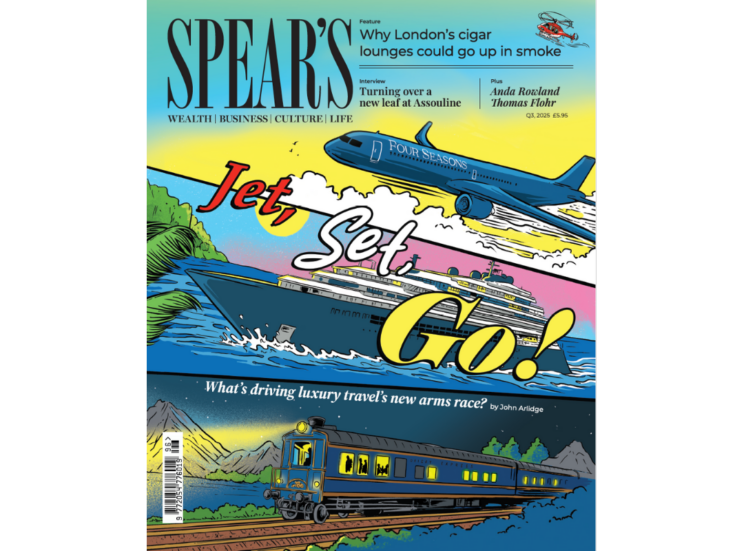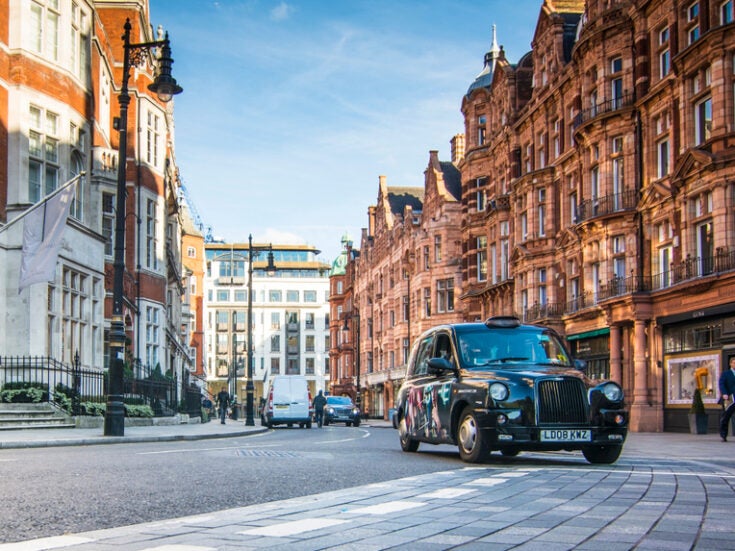You can have a whale of a time en route to Antarctica. The penguins are great, but it’s the ice sculptures that seal the deal
COOL OR WHAT?
You can have a whale of a time en route to Antarctica. The penguins are great, but it’s the ice sculptures that seal the deal
THE 36-TON BLACK beasts launch themselves out of the cold, dark waters of the Southern Ocean, frenzying the surface into a foaming white pandemonium, their mouths wide open as they consume their prey. Their bodies rise into the freezing air, seemingly swift and slow at the same time, and seawater cascades from plated grooves in the creature’s mouths, thundering back into the ocean, leaving only the krill they will now eat.
My fellow passengers and I gape in wonderment, not least as we try to calculate the power these leviathans need in order to propel their gargantuan mass out of the water.
It quickly becomes clear why whales have fascinated humans for thousands of years, from whoever had Noah swallowed by one via Captain Ahab’s obsessive pursuit right up to David Attenborough’s Frozen Planet. Nowadays we all want to see them breaching their black waters and to do so we must head to Antarctica, a continent not even discovered until 1820.
During the early afternoon, the whales are content to laze about near the surface, imitating gigantic pieces of flotsam, and seem unconcerned if a lucky inflatable boat full of tourists comes within a few metres. We were magnificently rewarded on two occasions when a humpback came right alongside the ship; if I could have leant over the rails to water level, I could have touched it.

Up close, they are not pretty beasts, encrusted with barnacles, but, boy, are they enormous: the ones we saw must have been 15 metres long and 2 metres wide, of enormous volume and scale. They stayed around for five minutes before heading off for dinner and had everyone on board scampering about, pushing and shoving, barging for the best camera shots, like a bunch of feral paparazzi.
Chill-out zone
You can never be prepared for the coldness. This year is the 30th anniversary of the recording of the coldest temperature on earth, minus 89.2°C, and humans, being tropical animals, are not well equipped to deal with even mildly cold temperatures. The best I can do is point out that at minus 44°C, flesh freezes in a minute.
Against the cold I am dressed in a thick base layer, then a T-shirt, then a windstopper, then a jumper and, finally, a parka. I also have two pairs of socks, leggings, trousers and waterproof over-trousers. I am OK most of the time, but when the wind blows, I get bone-cold.

Fortunately, the boat on which I have travelled here provides thermal jackets that protect us from the cold. It is just one of the many thoughtful comforts laid on by the tour companies — necessary for such a remote trip — for intrepid travellers who come to experience this monochrome land.
Rough ride
To get here we jumped on a ship departing from Ushuaia (known as ‘El Fin del Mundo’ — the end of the world) at the southernmost point of Argentina. The better tour companies begin their itineraries once you arrive in Buenos Aires and guide you down to your ship over a three- or four-day period. Abercrombie and Kent’s ship, Le Boreal, is one of the most luxuriously appointed, with a fully operational spa and even a butler service.
More importantly, it has stabilisers to steady the ship in rough waters. It’s impossible to realise just how important these can be when crossing Drake’s Passage to the Antarctic Peninsula unless your ship doesn’t have them — as mine didn’t — and you end up spending three days drugged up with seasickness pills.

However, when you arrive, any small discomfort undertaken during the journey disappears into memory as you stand there stunned. Antarctica holds 90 per cent of the world’s ice and 70 per cent of the world’s fresh water but truly it is a desert, with the snow equivalent of fewer than three inches of rain — a precipitation rate close to that of the Sahara — falling annually over the interior of the continent.
Helpfully, snow and ice have been accumulating on Antarctica for millions of years: it is more than 15,600ft (4,800m) deep at its thickest, with a mean depth of ice exceeding 6,500ft (2,000m). It is also the highest continent in the world and even the South Pole is at an elevation of 9,301ft (2,860m).
Marine corps
Besides the magnificent whales we saw a number of different species of seal. They are all chunky beasts coated in blubber against the cold but amazingly agile in the water. The leopard seal likes to eat penguins, themselves faster under the water than any man can sprint, so the seals — large lumps of lard — have to be able to twist and turn with gymnastic contortion or go hungry.
By contrast, when they are on land they are slow, cumbersome creatures. They laze about, semi-somnolent, scratching their face and chest with the claws on the end of their front flippers, occasionally lifting their head to observe what we are up to before returning to sleep.

Penguins are not much better on land than the seals. At this time of year, in mid-summer, the penguins are busy looking after their young, four weeks old and just a light grey bundle of fluff, entirely dependent upon their parents for food and shelter (nothing new there). The penguin colonies themselves are a chaotic mess of nests made from small stones strewn in haphazard fashion over a rocky outcrop.
The area is coloured white and red from penguin shit, depending on what they have been eating (white = fish, red = krill), and smells pretty ripe. The penguins have a powerful excretory ejection system and often manage to cover one of their neighbours or a passing friend with the type of eau de cologne that will never sell in the shops.
However, none of them seems to object to having its starched shirt splattered, and many of our photographs show them heading seawards for a clean-up, looking as if they are returning from a drunken night on the town.
Breaking the ice
On the water, icebergs litter the landscape. Mostly they are small and often cover the entire surface of the sea in the area that we are sailing, but the ship bullies its way through them, pushing them aside with little effort. We have to avoid the largest icebergs, slaloming our way along channels flanked by black mountains. The larger bergs invariably have fantastic shapes, each of which seems — like clouds and snowflakes — to be unique, suggesting Nature is easily bored.

The elements had sculpted one into a spitting image of Sydney Opera House and another into a modern cathedral. The bergs that are relatively flat-topped, and not more than a metre above sea level, are typically populated by different types of seals having a kip during the day between fishing expeditions.
Sailing through the Lemaire Channel, the ship (and therefore you even more so) feels insignificant as it treads over waters 100 metres wide and walled by steep, Hades-black mountains and glittering diamante ice fields. When the sun comes out, all we can do is stand and gawp. It is stark, beautiful, cold, uninviting, riveting.
Read more by James Suenson-Taylor
Don’t miss out on the best of Spear’s articles – sign up to the Spear’s weekly newsletter







